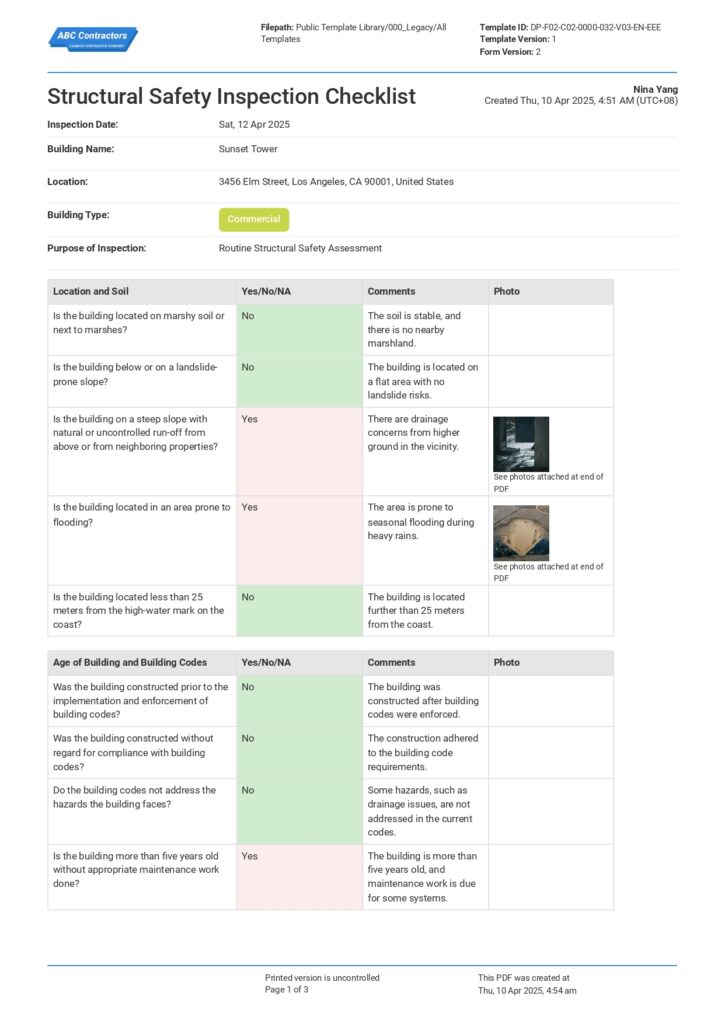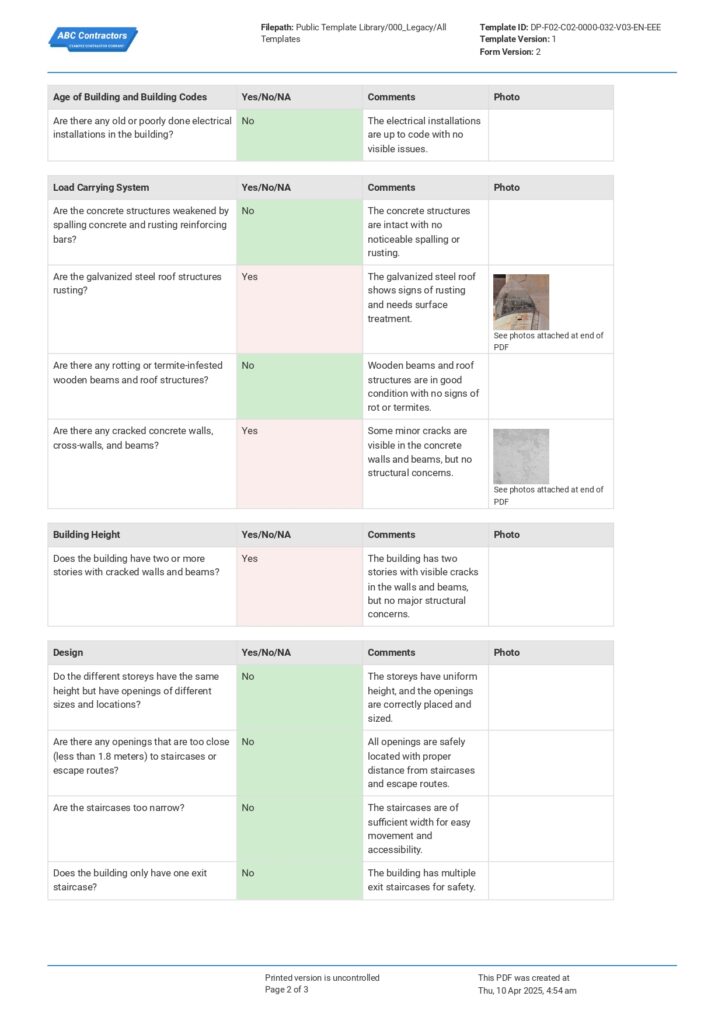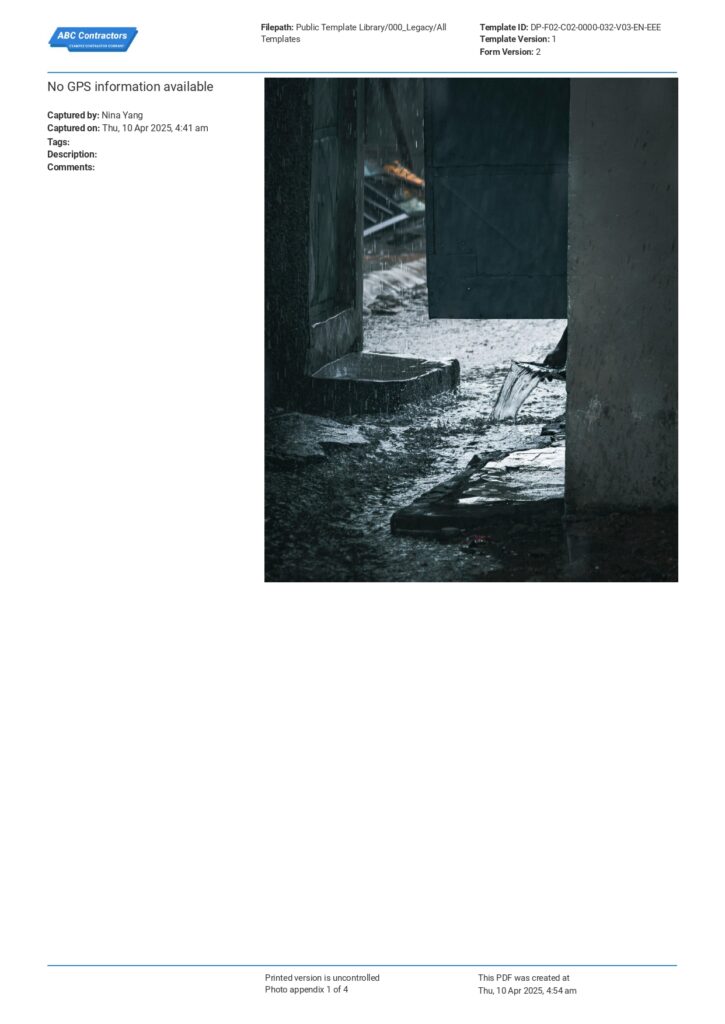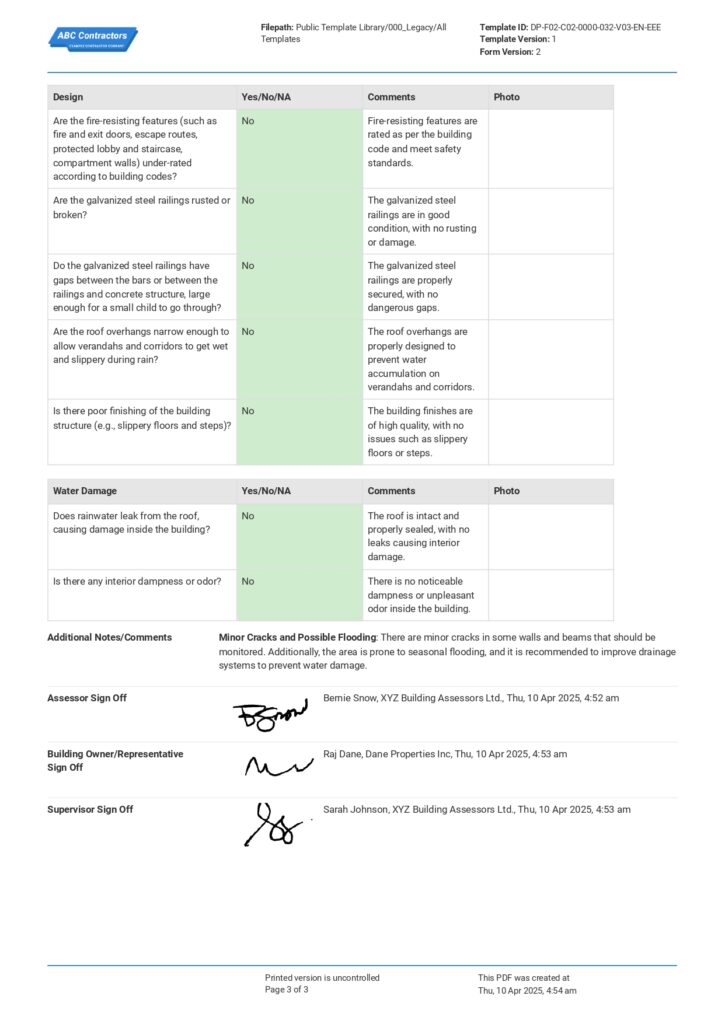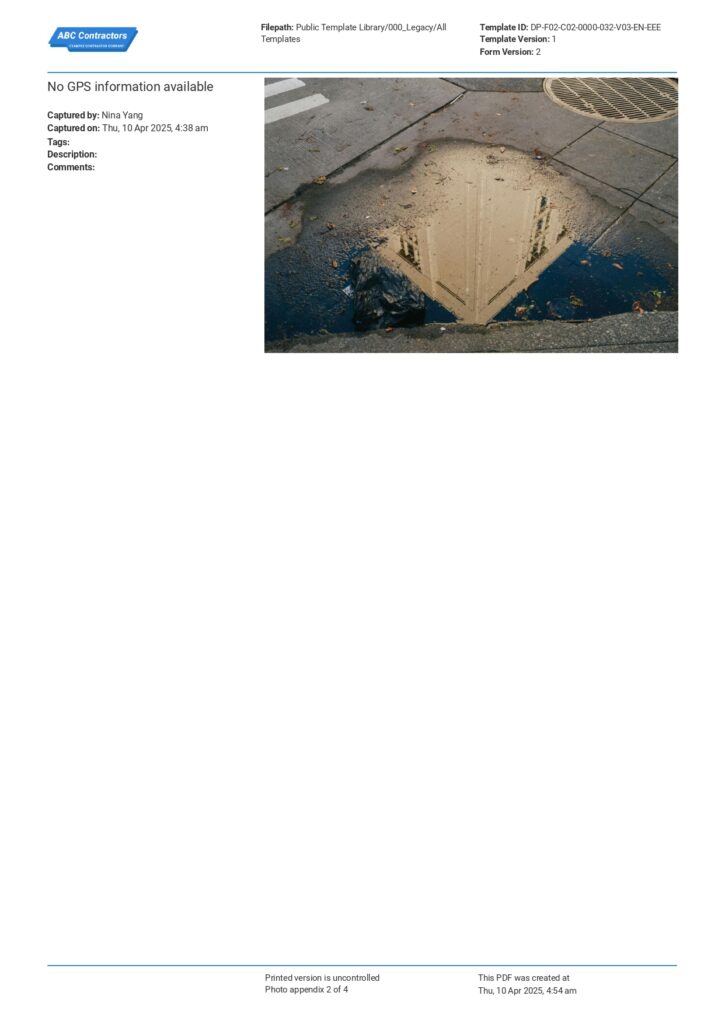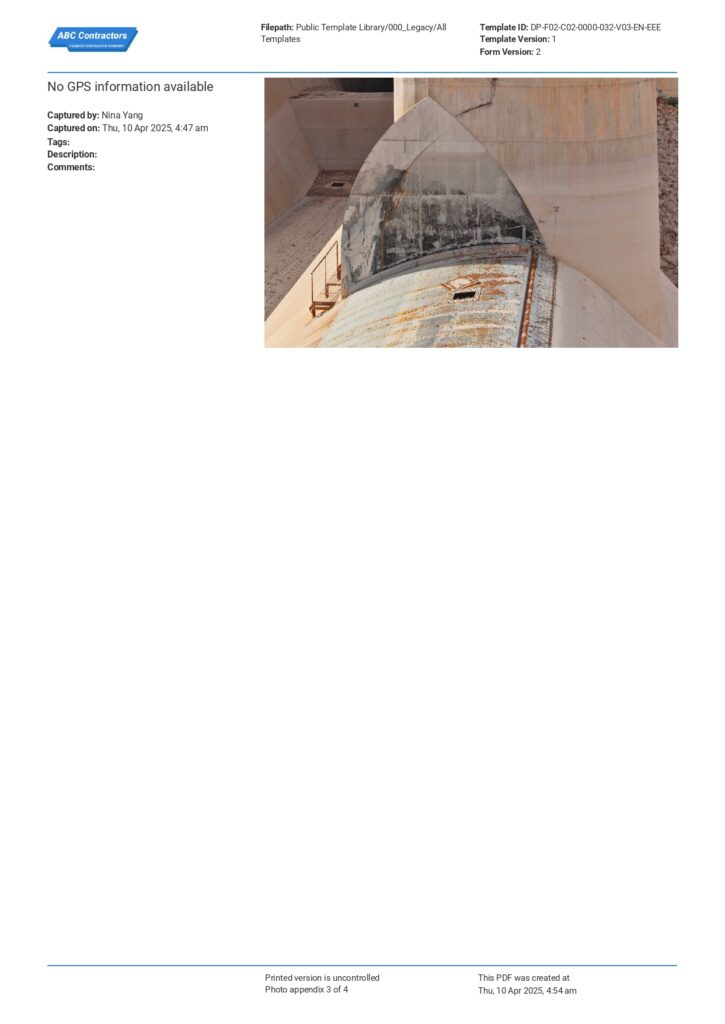Structural Inspection Checklist Template
Start with a free 30-day trial. No credit card required.

~10,000 employees
~10 employees
~200 employees
~25,000 employees
~1,000 employees
~1,500 employees
~30 employees
What is a Structural Safety Inspection Checklist?
It is a smart inspection checklist that is used to assess and maintain the integrity of structures such as buildings, bridges, and towers, ensuring their safety and reliability to avoid potential damage or deterioration. This is usually conducted by a competent structural engineer during construction, renovation and as part of regular maintenance (typically every 5 years or depending on regulations and the age of the building) to check if the structure has maintained its integrity.
This can also be used alongside damage assessment reports as applicable. It checks the location and soil, the condition according to age of the building, whether the structure's height, and design complies with building codes, or if the building's system is still able to carry the load.
Compare this digital Checklist to paper-based, Word Doc and Excel inspection forms
Use this Structural Inspection Checklist template for free.
Why are structural safety inspections important?
It’s important because it ensures the building is still safe, has maintained its integrity, safeguards the occupants, and complies with local building regulations and international mandates. Every aspect of the inspection carries its own set of risks if not monitored, which is why regular inspections are conducted to ensure the quality and integrity of the structure.
To understand this, let’s go through the following check items of a structural safety inspection template:
Location and soil – this confirms the characteristics of the soil where the building is located. If the building is situated on marshy soil, this is considered non-compliant. Although this should be addressed during construction, it should still be checked in subsequent years in case new developments arise in neighboring locations, such as the construction of a nearby high-rise or excavation for a new subway line, which can affect soil stability or groundwater levels.
Age of building and Building Codes – this is regularly assessed as the building ages due to the natural degradation of materials, exposure to different weather conditions, and other environmental factors. It is conducted to confirm if there are any potential structural issues as the building grows older such as: if there are any old or poorly done material installations in the building as stated in the recent changes of the building code.
In consideration to building codes most countries provide provisions for when a building has undergone renovation or alteration.
Load Carrying System – this confirms if the structural system is still able to carry the load. It verifies if the concrete has not weakened, the galvanized steel roof is not rusting or there are no minor or major cracks on walls and beams.
Building Height – increased height significantly impacts the forces a building experiences, particularly gravity, seismic, and wind loads, which affect both low- and high-rise buildings. Low-rise buildings are greatly affected by extreme wind events, and the risk of wind-induced failure is particularly increased on roofs, canopies and roof overhangs-according to 2023 study by Mostafa, Zisis, and Stathopoulos. It’s a structural concern if there are two or more stories with cracked walls and beams because these may indicate compromised load-bearing capacity or potential instability. This is especially critical if the building is a tall structure and susceptible to earthquakes, which means seismic design must be considered.
Design – the building’s safety and stability are largely dependent on factors related to design such as if the structure has fire-resisting features such as fire and exit doors, escape routes, staircase depending on the local building code.
Water Damage – during structural safety inspection rainwater leaks from the roof are considered as it can cause damage inside the building leading to relevant safety concerns such as mold growth, electrical hazards or steel corrosion.
Going through each of these check items or categories enables the structural safety inspection to go beyond a visual or physical inspection and answering a yes/no assessment question. It becomes a quality-driven procedure that ensures the protection of occupants and assets inside the building and promotes continuous improvement and development of the structure.
Are you running your critical inspections via the right format?
The ones who monitor building integrity and structural safety and are legally obligated to ensure the safety and well-being of occupants are the building owners or project managers. They hire qualified professionals, like building inspectors or structural engineers, who make use of a smart safety inspection document and other dedicated tools to perform the inspection.
These professionals are trained to assess what is compliant and what’s not, and what needs to be addressed immediately or flagged as a safety concern. With that, the structural engineers should use a smart inspection checklist because of the following important reasons:
1. The mobility matches their process flow
Let’s face it, nowadays you might misplace your clipboard or even your glasses, but you won’t forget your phone. Which is why engineers should use an inspection checklist that is within reach—like their mobile device. One of the best features of using a smart safety inspection form such as this is that it's accessible via mobile or tablet. You can even use it when offline, which is helpful when conducting inspections after a natural disaster.
2. Up-to-date versions, no need for lengthy emails and announcements
One of the drawbacks of paper-based forms, or the ones that are created using Word or Excel, is that when there are necessary revisions of the document, such as regulation updates on safety protocols, you’d have to keep updating and broadcasting the revision before it is complied with by your team which leads to inconsistency, rework and inaccuracy. This structural safety inspection checklist template can be made easily with a drag-and-drop platform, and it opens to the latest updated version the next time somebody in the team uses it–no extra steps required.
3. Faster evaluation and sign off for supervisors and clients
Delays in supervisor approvals can occur and be common due to administrative reasons, such as waiting for the physical document to arrive, or because it’s time-consuming to sort out a report, especially when using multiple tools. But since the workflow of this software is built for speed—right after the engineer finishes the inspection, the supervisor can quickly review it wherever they are, and external parties, such as the building owner, can also access and sign off remotely.
Finally, a smart structural safety inspection checklist is an innovative tool that allows engineers using it to ensure that the structure is still conducive for occupants. Minor cracks and blocked fire exits or unsafe walkways can go unnoticed during routine checks, but with a smart structural safety inspection, they will not be missed. It also ensures that if the building underwent renovation or alteration, it still adheres to building codes, making compliance simpler and more transparent.
Other popular templates you can use and edit for free

Structural Integrity Report
Whether newly constructed, renovated or regular assessment, use this productivity tool for a faster and flexible reporting.

Commercial Building Inspection Checklist
Streamline inspections while ensuring accuracy and reliability with a checklist you can access with your mobile or tablet.
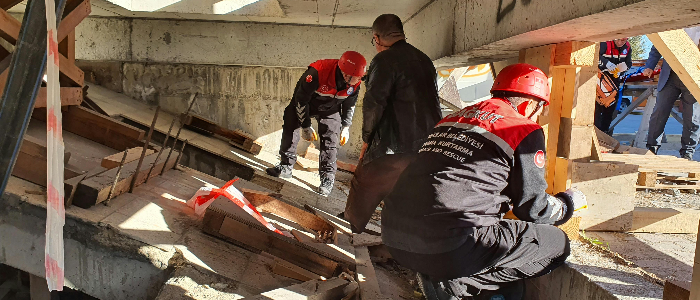
Structural Damage Report
A reporting tool you can depend on for quality in the event of a natural disaster, access it in the field or in the office.
This Checklist was generated with Dashpivot
Improve your safety inspections by upgrading to a handy tool that speeds up your assessments, enhances your data collection and promote better collaboration and approval.
- Edit and access Structural Safety Inspection Checklist from any device - mobile, tablet or computer.
- Export your Structural Safety Inspection Checklists as perfectly formatted PDF documents with your company logo.
- Save and manage your inspection reports securely online, where they can be searched and found in seconds.
- Invite internal and external parties like clients or building owners to review and sign off reports online.
Sitemate builds best-in-class software tools for built world companies.
